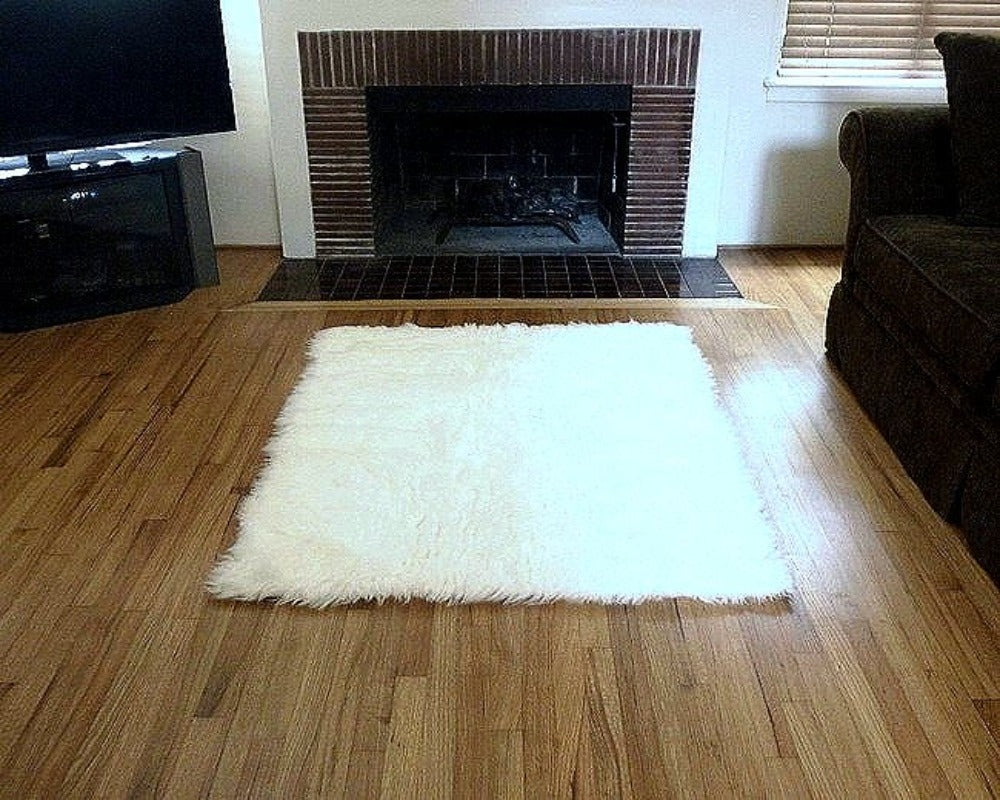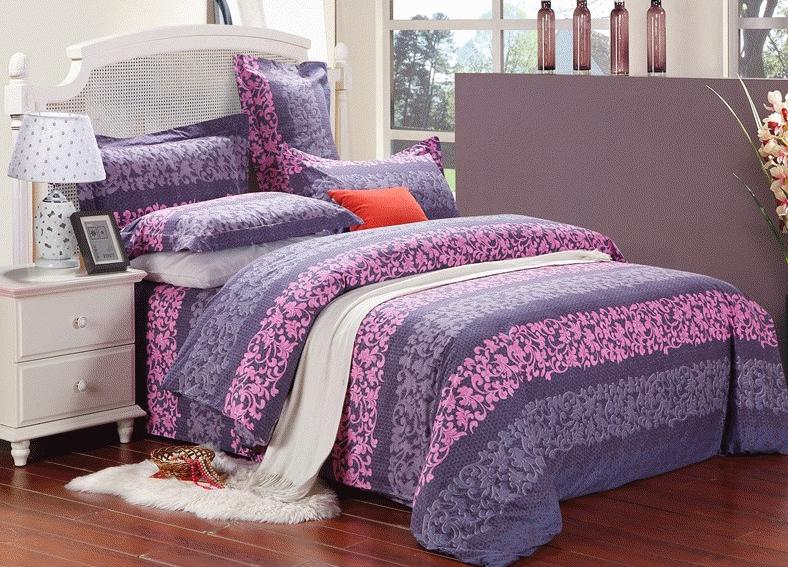Is It Good to Put a Rug on a Wood Floor?
Putting a rug on a wood floor can have its advantages and disadvantages. On the one hand, a rug can help to protect the wood floor from scratches and scuffs, as well as add warmth and comfort to the room. On the other hand, if the rug is not properly maintained, it can accumulate dust and allergens, which can cause problems for people with allergies or respiratory conditions. Additionally, if the rug is not secure on the floor, it can slide around easily, causing trip hazards. Therefore, when considering whether to put a rug on a wood floor, it is important to weigh the pros and cons carefully.
In interior design, the use of rugs on top of wooden floors is a common practice. Rugs not only add a touch of elegance and warmth to a room, but they also serve several practical purposes. However, whether it's a good idea to put a rug on a wood floor depends on several factors, including the type of wood, the quality of the rug, and the intended use of the space.
One of the main benefits of using a rug on a wood floor is the added layer of comfort it provides. Wood floors can be cold and hard, particularly in colder months. A rug's thickness and material can help retain heat, making the space more comfortable to walk on, especially during colder times of the year. Additionally, rugs help absorb sound, reducing noise levels in the room, which can be particularly beneficial if you live in a noisy area or have noisy housemates.

However, there are also some potential downsides to consider. One major concern is the potential for damage to the wood floor. Low-quality rugs or those with rough edges can cause scratches or damage to the surface of the wood. Additionally, if the rug is not properly maintained, it can accumulate dust and dirt, which can then be tracked onto the floor, leading to further damage.
The type of wood also plays a role. Softer woods, such as pine or cedar, are more susceptible to scratches and damage than harder woods, like oak or maple. If you have a softer wood floor, it's especially important to choose a high-quality rug that won't damage the surface.
Another consideration is the purpose of the room. If the room is primarily used for high-traffic activities, such as walking or running, a rug may not be the best choice. The constant friction can cause the rug to wear down more quickly, leading to uneven surfaces or even tears. In these cases, it may be better to opt for a more durable flooring option that can better withstand heavy traffic.

Moreover, rugs can also be a source of allergens and asthma triggers, particularly if they are not regularly cleaned. If you or someone in your home suffers from allergies or asthma, it's important to choose a rug made from hypoallergenic materials and to vacuum it regularly to reduce the risk of irritation.
Overall, the decision to put a rug on a wood floor should be based on a careful consideration of your specific needs and circumstances. If you live in a cold climate or have a soft wood floor, a rug can be an excellent addition to provide extra warmth and protection. However, if you have a harder wood floor or your home experiences high traffic, you may want to consider other flooring options that can better withstand the wear and tear. Additionally, if you or someone in your home has allergies, it's important to choose a rug that is hypoallergenic and to maintain it regularly to reduce allergens.
Articles related to the knowledge points of this article:
Title: Fathers Day Tie Craft Tutorial: A Guide to Creating a Personalized and Handmade Gift
The charm of ladies short-style jackets in winter
Apricot-Colored Jacket: Fashion and Functionality
Title: Embracing Elegance: The Timeless Beauty of Silk Scarves



